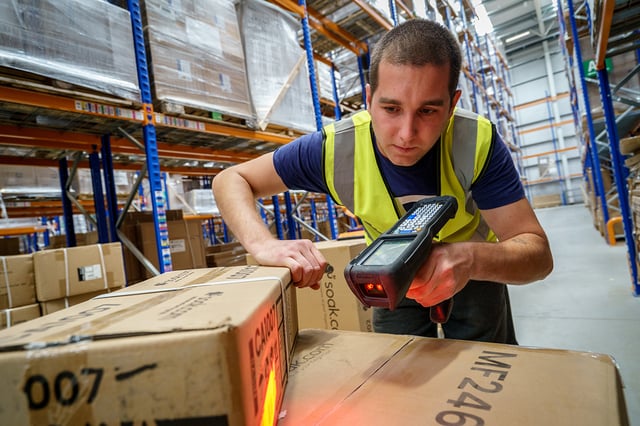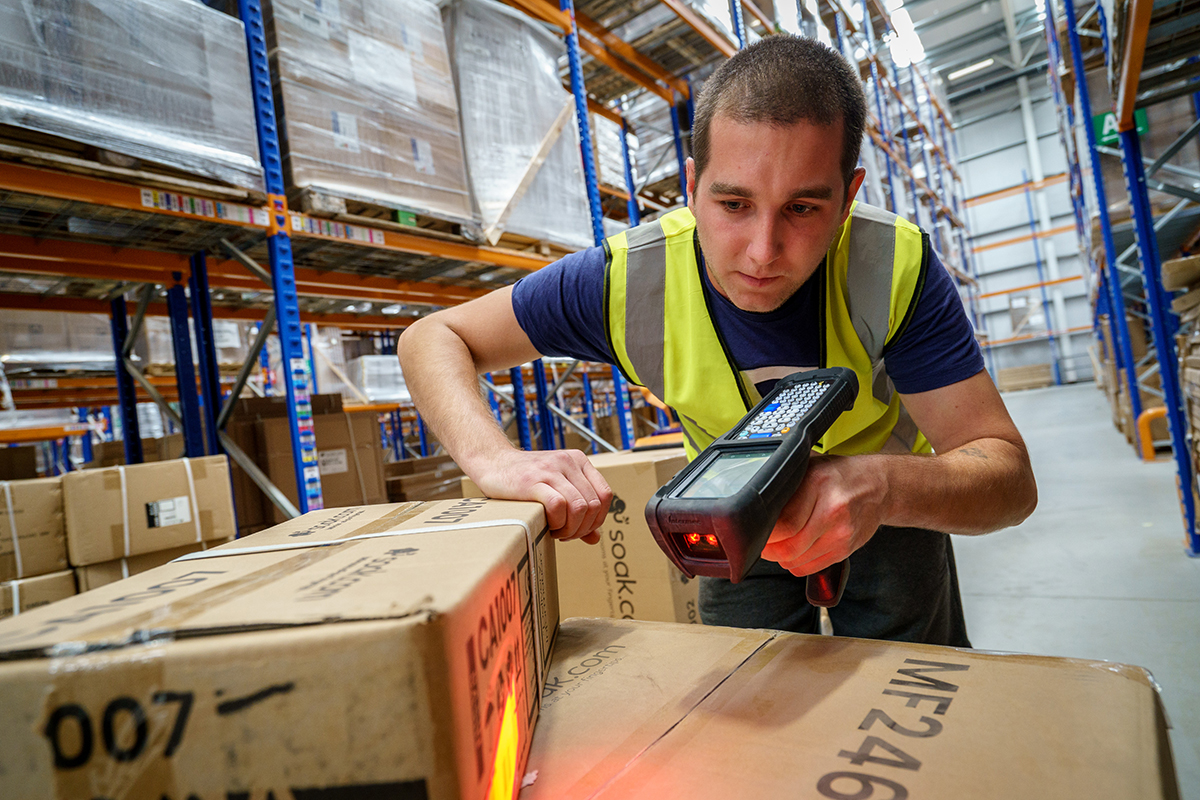Small is the new big in warehouse management
In today’s world of e-commerce, it seems size matters when it comes to warehousing. And that doesn’t mean big is best – on the contrary, the rental rates for small-sized warehouses under 120,000 square feet in the US have risen twice as much compared to larger warehouses.

But what is driving this trend and how can businesses afford to adopt this approach? Well, we say it so often that it’s almost tedious to repeat, but it’s the ‘Amazon Effect’. The retail giant has revolutionized the way we shop, with free one-day delivery to Prime members. And they don’t achieve this with a scattering of massive warehouses, they achieve this thanks to a network of 175+ fulfillment centers around the globe.
That’s the challenge for e-commerce companies who don’t share Amazon’s mountains of money. Smaller warehouses are often located in population-dense urban areas, so e-commerce businesses can deliver a responsive, fast delivery, personalized customer service and take on the giants, such as Amazon.
What makes this viable in terms of cost and fulfillment is investing in a cloud-based warehouse management system that can be quickly and cost effectively rolled out across multiple sites. There are many misconceptions that you have to spend millions of dollars in order to achieve your micro-fulfillment ambitions. But this is not so.
An industry leading cloud-based WMS system, such as SnapFulfil, has flexibility built in and can meet the changing needs of the modern e-commerce market without being time consuming (it can be up and running in just 45 days) and expensive to set in motion, or difficult to reconfigure.
It is not only intuitive and scalable, it also has the capacity to adapt and evolve with customer service innovations that the top-tier of retailers are repeatedly introducing, such as distributed order managing, waveless and priority based order processing and optimal returns processing.
Moreover, it uses rich functionality and real time management software to help retailers optimize inventory, space and labor in the warehouse. Users typically benefit from efficiency and productivity improvements up to 30%, which basically translates into the ability to do more for less with the same resources.
Not only that, the capabilities of an intuitive, connected cloud-based WMS go way beyond the bricks and mortar of the warehouse. Its true power lies in the customer data trail that is gathered to create a single customer profile, which means understanding each customers’ buying journey from start to end and beyond. Essential if you are going to adopt a micro-warehousing strategy.
Once never the twain shall meet, today’s warehouse fulfillment data is not only gold dust to logistics, operations and infrastructure teams but marketing and customer service departments too.
Without physical retail space, e-commerce success relies on building brand loyalty through personalization and experience. Therefore, businesses are waking up to the value of the customer data they can harness from accessing reliable, real-time data from a WMS.
A good example is a SnapFulfil customer who was frustrated by the lack of data they could access through their previous WMS. As a young enterprise, they wanted to identify the buying habits and fulfillment patterns of their customers in order to track trends and get an understanding of other categories they should be diving into. Through SnapFulfil, they quickly established their target market wasn’t country-wide but in fact focused on a specific region, that had a unique buying pattern and have been able to adapt their business proposition accordingly.
Another example is US pet food and treats retailer, PetFlow, which has more than doubled its active SKUs to 10,000 and is competing against market leaders Chewy.com and Amazon’s pet e-commerce site Wag since switching to SnapFulfil.
New York-based PetFlow, which has distribution centers on both coasts in New Jersey and Nevada, has used SnapFulfil to optimize inventory management, workflow prioritization and pick paths amongst other things. It now ships quickly and efficiently nationwide direct to shoppers’ doorsteps, either as a one-off or through a convenient subscription commerce model based on an auto-ship delivery schedule.
With the number of online consumers predicted to grow to 2.14 billion by 2021, the key to success is going to be adaptability and determining who your customers are, where they are and how best to fulfill their needs and wants with a seamless experience from start to finish.
Creating a micro-warehousing strategy might be part of the solution, but it doesn’t have to break the bank with large capital outlay investment up front or costly infrastructure changes.



